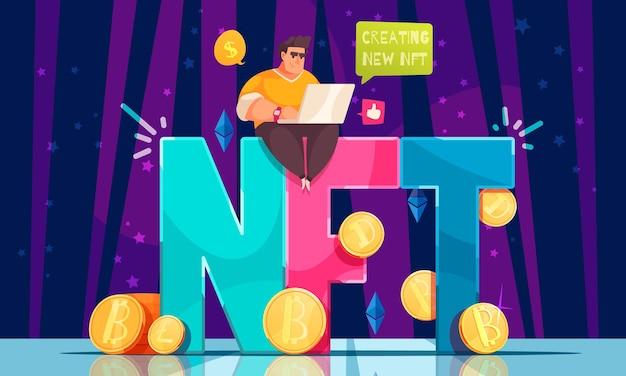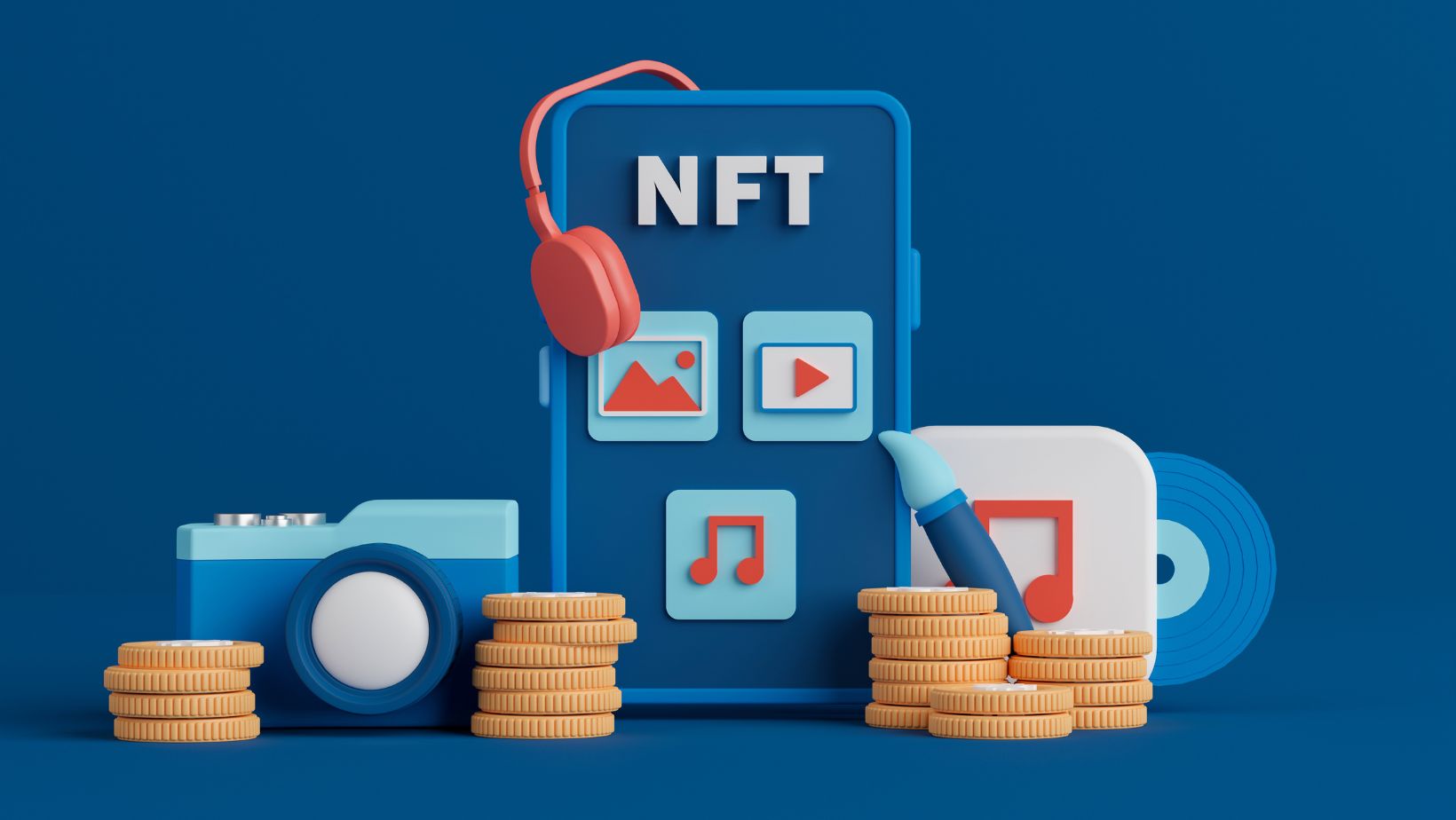
Diamonds, gold, and artwork are different in essence, but they have one thing in common—they are all very expensive. But why is that so? Well, it’s because of their rarity—their reduced supply and enhanced demand make them incredibly valuable. NFTs can also be part of this category, although their rarity is mainly associated with scarcity.
Ethereum and Solana have dominated the NFT market for a while, but the introduction of layer two solutions on Bitcoin (like the Ordinals inscription) has made Bitcoin NFTs a reality as well. In fact, the Bitcoin NFT market is expected to reach $4.5 million by 2025. Given this prediction, it makes sense to understand how the Bitcoin Ordinals work and their implications on the overall ecosystem, so keep reading as we dive deep into this topic.
Breaking down the concept of Bitcoin Ordinals
Bitcoin Ordinals became viable thanks to two network changes, namely Taproot and SegWit. The SegWit upgrade separated Bitcoin’s transaction structure into transaction and witness categories, which led to a soft fork for the cryptocurrency, which increased its storage limits. The Taproot upgrade, which followed SegWit, increased the limit of the block size to 4MB, boosted the anonymity and security of Bitcoin transactions and added data inscription.
The Ordinals didn’t go live until January 2023, when a method of developing Bitcoin NFTs without relying on smart contracts was introduced. Simply put, the Ordinal Theory scheme assigns a number(known as Ordinal) to each Satoshi, allowing it to be tracked and transferred. The Ordinals’ numbering is made by considering the sequence in which they are mined, and a digital asset like a stablecoin or NFT can be attached to them. Through inscription, ordinals can be engraved with video files, images, or another type of content, thus resulting in the creation of on-chain cryptographic artifacts – the renowned Bitcoin NFTs.
These NFTs differ from those found on Ethereum in the way that the former are stored permanently in the Bitcoin blockchain, which makes them more appealing to collectors who seek to store their NFTs for a long time and not worry that they might disappear.
Why you should pay attention to the Bitcoin Ordinals
The popularity of ordinals has been growing tremendously, transforming the leading cryptocurrency into an Ethereum rival in the NFT landscape. If you want to get started with them, check Magic Eden, which is the largest NFT marketplace where you can seamlessly buy and sell Ordinals. But why all the buzz around these ordinals, anyway? Are they such a big deal? Actually, yes, they are, as they are contributing to the evolution of the entire ecosystem. First, the Bitcoin blockchain is no longer limited to the single purpose of enabling peer-to-peer payments; instead, it allows digital creators to engage with it and unlock innovations. Ordinals offer a new dimension to Bitcoin, enabling a myriad of new applications, ranging from games, booking, music and art, fashion and luxury, and metaverse and ownership, to name just a few.
Moreover, Ordinals offer a versatility that is a catalyst for revolutionary developments. They offer developers new tools to build dApps, which further attract a diverse user base, increasing developer interest in the Bitcoin ecosystem. Naturally, as more users engage with Ordinals, Bitcoin sees increased adoption, as they may also explore traditional uses of the digital asset and develop more confidence regarding its reliability and immense potential. Interestingly, Ordinals also benefit miners, as they adhere to network rules and become just as legitimate as traditional financial transactions since they pay the requisite transaction fees. The increased diversity seen in transaction types results in more transaction fees, thus translating into more substantial rewards, which ultimately support the economic model of the network.
Ordinals are seeing increased activity on popular platforms, and it’s worth mentioning that this adds an extra layer to Bitcoin’s economy, providing new avenues for economic growth. There is, of course, community debate about Bitcoin’s intended purpose and where it is headed in the long run, which is indispensable for the development of the network and for achieving community consensus on substantial issues.
Bitcoin Ordinals, more than just a fad
While some believe Bitcoin and NFTs aren’t valuable, this is by no means the case because experts believe that their popularity will only increase in the future, unlocking the Bitcoin network’s potential even further. With a community eager to explore all the possibilities they have to offer, the Ordinals are likely to contribute to a culture that is development-oriented and aims to support Bitcoin’s growth.
At this point, the future of Ordinals looks limitless, and it won’t be surprising to see the application of RWA or real-world assets tokenization moving beyond the digital realm. Mainstream finance has also examined RWAs’ utility, as they make financial transactions more seamless by reducing transaction fees and enabling ownership to be proven without the fear of document loss, at the same time ensuring protection against counterfeiting and forgeries. Since the Taproot protocol enables smart contracts’ issuance, theoretically, ordinals also have the potential to attract developers to the ecosystem to create dApps. So, a scenario where Bitcoin becomes the new blockchain network is not out of the question, and such competition is likely to boost the value of Bitcoin and Ethereum alike.
Closing thoughts
Overall, Bitcoin Ordinals is a revolutionary development in the NFT landscape, imbuing digital assets with value and authenticity by leveraging the Bitcoin blockchain. While ordinals have been met with skepticism at first, their widespread adoption only shows the vast potential they have in transforming digital ownership and management of assets. With the exploration of real-world asset tokenization and other upgrades, Bitcoin Ordinals have a promising future, fueling the growth of DeFi. Obviously, the utility of Bitcoin NFTs also enhances exposure for Bitcoin itself and, therefore, the entire crypto ecosystem. As this fascinating landscape continues to evolve, Ordinals could play a substantial role in transforming the blockchain ecosystem. This is only the beginning of an incredible journey, so you should keep an eye on the trends and news to see what imaginative and inspiring creations emerge from this new and groundbreaking technology.












